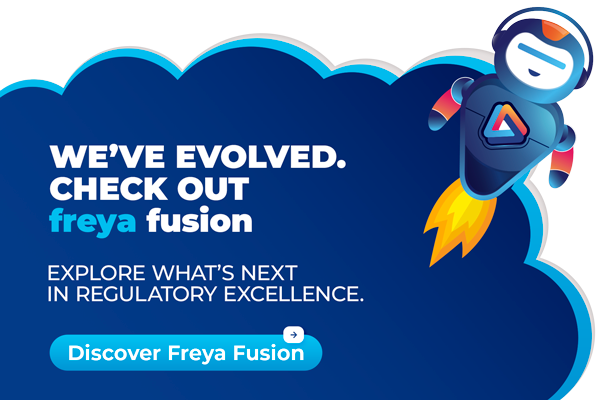
Navigating the web of regulatory requirements is crucial to ensure safety, efficacy, and compliance of medicinal products. Adherence to regulatory requirements in every step, from drug research and development to manufacturing and distribution, is non-negotiable. Although the dynamic regulatory landscape, filled with stringent rules and standards, poses challenges for the pharmaceutical companies, ensuring a streamlined regulatory management process can smoothen the regulatory journey.
Following an organized and streamlined process will help in maintaining agility and competitiveness, allowing companies to advance in the regulated landscape. While there are a number of ways one can follow, these few steps are crucial and must be included. They are:
- Understanding the regulatory industry and assessing your current processes
- Planning and creating standard operating procedures.
- Education, Training, and implementation
- Measure and Monitor
Assessment and Understanding
There must be chaos before order and that chaos must be observed and understood. It is said that understanding the problem is half of the solution. So before planning to make changes, it is important to know the regulatory industry and be updated with it as well as being aware of the processes currently followed by your team. This will provide you with insights as to where your process is lacking and what needs to be optimized, which will be needed in the planning stage. Not only should you jut list down your inadequacy, but keep in mind the effort it requires and risks it brings (compliance, business or even operating)
Planning
This stage mainly focuses on the planning for the implementation training of the changes that needs to be made. After assessing each process and step, it is important to rank the issues from high risk to low risk to effectively allocate time and resources. Setting up teams specifically for this purpose and creating detailed SOPs will secure optimized utilization of resources without draining the company. It is not wise to do everything everywhere all at once as it can poses a serious threat to the effectiveness of the plan.
At this point, it is also advised to bring in the stakeholders and operating heads in order to remove the silos mentality. Clearing out and understanding how each process and the changes will affect different departments can reduce the possibility of future complications and failure.
Education and Training
After mapping the blueprint, discussing pros and cons, and making sure all parties involved are on the same page, comes the implementation. In this stage, whatever planned and discusses should be brought to life, maintain the guidelines provided by SOPs and other documents. Training and educating is a key part of the implementation process. Providing context of what changes are incoming along with why is beneficial for the adoption of the change.
Measure and Monitor
The final step is to establish measures of success and monitor the effect of the changes. Questions such as “was efficacy increased?” or “what impact did the process changes have on the different teams and departments?” will provide qualitative and quantitative results. The results yielded, if not positive, should take you back to the assessment phase to pinpoint the issues and tasks that can be improved. Conducting regular audits while improving on any shortcoming should be a continuous process so that the entire management will be kept abreast of any developments.
Conclusion
Reducing complexities and compliance risks is critical to stay globally competitive. Fostering open communications with regulatory authorities, adopting advanced regulatory compliance software, having dedicated resources, and observing developmental changes in the landscape will enhance your already streamlined process and take it a notch higher.
